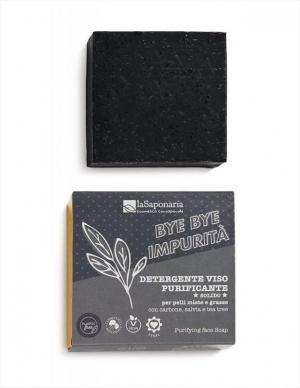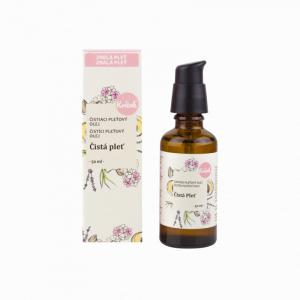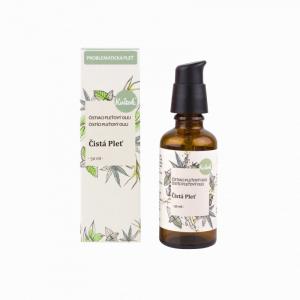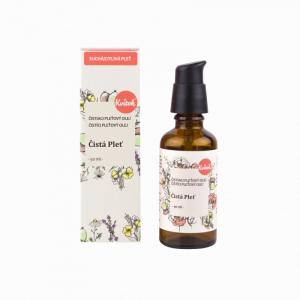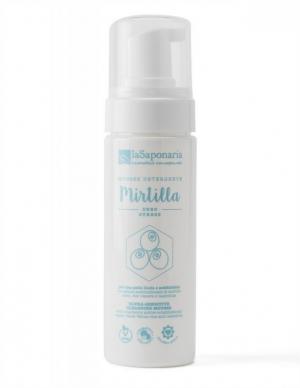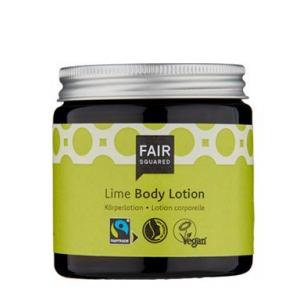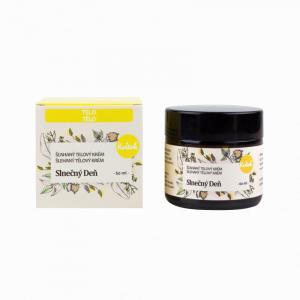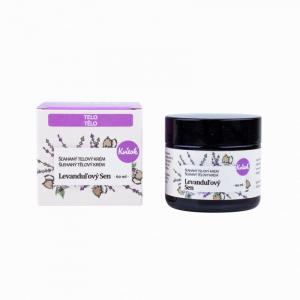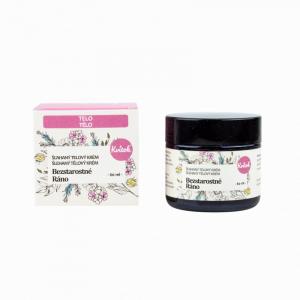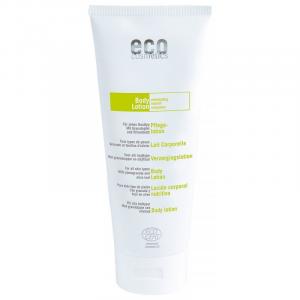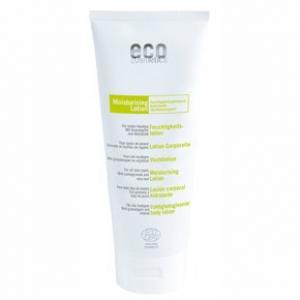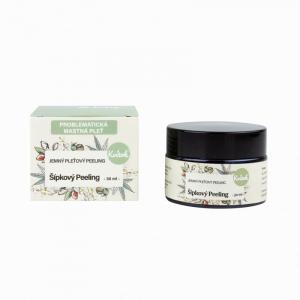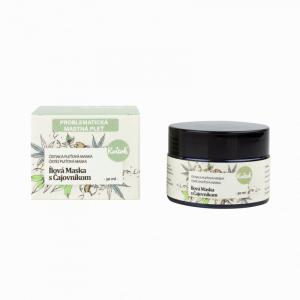
How to Easily Make Thyme Ointment at Home

Thyme ointment is a natural product sought after for its medicinal properties. In this article, you will learn, among other things, how to make your own thyme ointment at home, as well as how to use it to treat various skin problems, relieve muscle and joint pain, and other health issues.
Origin of Thyme and Its Use Today
Thyme (Thymus vulgaris), also known as garden thyme, common thyme, or summer thyme, is a herb that has its roots in the Mediterranean region and was widely used already in ancient Egypt and Greece. In the past, it was used not only as a spice but also as a medicinal plant, and its popularity in both areas remains high today.
In modern times, thyme is still valued for its medicinal properties and wide use in the cosmetic and pharmaceutical industry. Thanks to its antibacterial, anti-inflammatory and antioxidant effects, it is often used in skincare products, medicinal ointments, and tinctures. In addition, it is a popular ingredient in aromatherapy and herbal teas. Thyme thus becomes a bridge between traditional healing methods and modern natural medicine, bringing relief and health to people all around the world.
Try our natural products
How to Make Homemade Thyme Ointment – Simple Recipe
Making homemade thyme ointment is surprisingly easy and requires only a few basic ingredients. For preparation, you will need just a few ingredients:
- dried thyme,
- quality carrier oil (for example, olive, coconut, or almond),
- beeswax.
First, prepare the thyme oil: put a handful of dried thyme in a jar and pour over it with the carrier oil so that the thyme is completely submerged. Close the jar and let the mixture macerate in a warm, dark place for 2 to 4 weeks, occasionally shaking it. After this time, strain the oil through a fine sieve or cloth.
In the next step, heat the beeswax on low heat until it completely melts. Add the strained thyme oil in a ratio of 1 part wax to 4 parts oil and mix thoroughly. Pour the mixture into clean jars or containers and let it harden at room temperature.
Store the finished ointment in a cool and dry place. This simple thyme ointment is ideal for treating minor wounds, calming irritated skin, and relieving muscle and joint pain.
Try our natural products
Tip for Adding Additional Ingredients
For better consistency and effectiveness of the ointment, you can add a few drops of essential oil to the mixture, such as lavender or tea tree oil. This will enhance its medicinal properties and pleasant scent.
Benefits and Effects of Thyme Ointment
Thyme ointment is known for its strong antibacterial and anti-inflammatory properties. It helps in the treatment of skin problems such as eczema, acne, or minor injuries. It can also provide relief from muscle and joint pain thanks to its analgesic properties.
Thyme Ointment for Colds
Thyme ointment can be very effective in alleviating cold symptoms. Thyme contains thymol, which has strong antiseptic and anti-inflammatory properties. Applying thyme ointment to the chest and back can help open the respiratory tract and facilitate breathing. Inhalation of thyme vapors can also help soothe cough and loosen phlegm. Many people use thyme ointment as a natural remedy for colds because its components support the immune system and provide relief from unpleasant cold symptoms.
Try our natural products
Shelf Life and Storage of Thyme Ointment
Homemade thyme ointment has a shelf life of approximately 6 months if stored properly. Keep it in a cool and dark place. Before the first use, perform a test on a small part of the skin to check for an allergic reaction.
Making homemade thyme ointment is simple and brings many benefits. Not only can you be sure of the quality of the ingredients used, but you can also adapt the recipe to your needs. Try this recipe and enjoy natural care for your skin.

